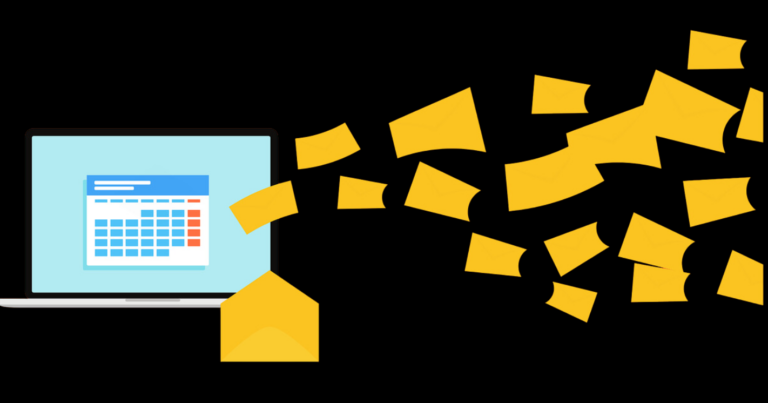Editing is a step you can’t afford to skip with ANY of your communication!
Everyone’s an editor. If you’ve ever rewritten a sentence in a memo or rephrased
a paragraph in an important letter, you were editing.
And if you’ve ever been so fed up with the way a letter was sounding that you
tossed the draft and started over, that was editing too.
EDITING IS SIMPLY …
making a piece of writing easier to understand.
I recently came across a YouTube video of Ann Petry – the first African-American woman to sell over one million copies of a book with her first novel, The Street (published in 1946, about a young single mom living in Harlem during World War II).
While being interviewed by a panel at Temple University in 1975, she was asked if she was a perfectionist because she usually edited or rewrote things she’d written. Petry said “no” and explained:
“… I just feel that if you write things, people ought to be able to understand what you’ve written. … It’s very rarely that you can just write off the top of your head, and people can understand it.”
The good news is that editing something short like a letter or a memo doesn’t take long. But – as with proofreading – that doesn’t mean it’s not important!
9 TIPS FOR IMPROVING YOUR MESSAGES
Here are 9 tips to keep in mind the next time you’re either rewriting or editing an important message yourself … or hiring someone else to do the editing for you:
1) Use active voice.
For example, “Jerry kicked the ball.” is better than “The ball was kicked by Jerry.” Jerry is the subject in the first sentence and is taking action. The ball is the subject in the second sentence, but is on the RECEIVING end of the action.
2) Cut out unnecessary words.
People often throw in extra adjectives (words describing nouns), but those words usually reduce the impact of the message. (Example: “I was extremely exhausted.” vs. “I was exhausted.”)
3) Keep sentences short.
4) Choose simple words over long words, as often as possible.
5) Use formatting “tricks” like converting regular text into bold, italic, bullet lists … and more!
6) Avoid expressing yourself by using an exclamation point after every sentence or writing in all CAPITAL letters.
(An article written in “all caps” is hard to read AND hard to edit!)
7) Beware of over-using words (using the same word to express a thought or task several times in the same sentence or paragraph).
If you see this in your own message, try using a synonym the second time you see the word. (Example: Replace “however” with “but” or “yet.”)
8) Insert subheads in your content.
Breaking up the “gray look” of several paragraphs with subheads that describe the content REALLY helps with readability. (You probably won’t need these in short letters or memos, but definitely consider using them in longer messages.)
9) REPEAT the editing process.
RE-read your message at least once, but twice is better. It’s easy to miss errors in the first edit.
* * *
Editing may not seem relevant to the creative process, but if you skip this step when preparing content …
THE MESSAGES YOU SEND COULD EASILY BE MISUNDERSTOOD
– OR EVEN IGNORED!








